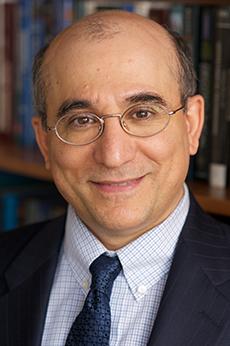Shaping Resilient Futures in the Built and Natural World
LETTER FROM THE DEPARTMENT CHAIR
The Department of Civil and Environmental Engineering (CEE) at the George Washington University (GW) drives innovation across critical areas, including infrastructure, public health, water sustainability, and urban mobility. These efforts are earning national recognition for CEE faculty, researchers, and alumni, underscoring the global impact of the department’s educational and research initiatives.
We are proud that two CEE faculty members, Professors Zhengtian Xu and Yun Shen, and one of our recent alumni, Dr. Tao Ye, Ph.D. ‘18, have received a prestigious NSF CAREER Award this year. In his new project, Xu explores key elements of urban delivery logistics, addressing congestion, curbside access, and last-mile challenges, through partnerships with D.C. transportation agencies. Shen, also named to the 2025 AAEES 40 Under 40 list of recipients, was awarded for groundbreaking research on virus–bacteria clusters in water, advancing our understanding of environmental pathogen transmission and supporting more resilient water treatment strategies. Ye’s research aims to harness the power of artificial intelligence (AI) to better understand and ultimately minimize the effects of harmful byproducts of disinfectants used in drinking water treatment processes.
Alongside Shen, Professor Xitong Liu was recognized in the 2025 AAEES 40 Under 40 for developing advanced membranes for desalination and PFAS remediation and technologies for lithium recovery from wastewater, contributing to both clean water solutions and the energy transition.
Professor Samer Hamdar and his team are applying AI, big data, and behavioral modeling to optimize multimodal traffic systems. The ongoing collaborations with the Federal Highway Administration, Texas Department of Transportation, and industry partners are translating real-time technologies into smarter infrastructure.
Building on a groundbreaking prediction from Professor Tianshu Li’s group, researchers from GW and the University of California, Berkeley, have, for the first time, experimentally confirmed that atoms in semiconductor alloys organize into distinctive local patterns, known as short-range order (SRO). This discovery positions SRO as a powerful new design principle for advancing next-generation technologies, including quantum and neuromorphic computing.
In structural engineering, Professor Pedro Silva and a team of graduate and undergraduate students completed a major NSF project validating a damage-free structural system for buildings using full-scale testing at GW’s high-bay facility. The geotechnical engineering researchers at GW continued to investigate the seismic response of liquefiable soils. An extensive series of experimental datasets on the cyclic resistance of sand is now widely used to calibrate advanced constitutive models and develop data-driven techniques for predicting seismic performance of geo-structures.
Through interdisciplinary research, national and international collaborations, and student engagement, the department continues to develop and deliver innovative and high-impact solutions for a sustainable and resilient built environment.
Sincerely,
Majid T. Manzari, Ph.D.
Professor and Chair
Department of Civil and Environmental Engineering
School of Engineering and Applied Science
The George Washington University
Developing a Smart City in the Heart of the Nation’s Capital
In the heart of the nation’s capital, the George Washington University Transportation Engineering Program (GWTEP) is dedicated to making urban transportation systems smarter and improving safety and mobility. With a strong focus on collaboration across disciplines, GWTEP addresses real-world challenges through several key areas of research.
GWTEP, in partnership with the Texas Department of Transportation (TxDOT) and Texas A&M University, conducts autonomous vehicle research to explore how self-driving technologies can be integrated into future transportation infrastructure.
Faculty and students collaborate to build automated systems to detect and track vehicles, pedestrians, cyclists, and scooters to enhance multimodal traffic management. Partnerships with Northwestern University, the University of Illinois at Urbana-Champaign, and the Federal Highway Administration (FHWA) aim to improve how cities manage all forms of traffic.
Another central focus of GWTEP’s work is big data. The team collaborates with Leidos and the FHWA to design traffic operations solutions that use real-time information and data tools to support faster, more informed decision-making. GWTEP also investigates communication technologies and ways to improve traffic network performance, aiming to achieve better coordination across multiple modes of transportation.
In parallel, the team studies how roadway users make decisions when faced with uncertainty. These insights drive the creation and testing of behavioral models that can be adopted in simulations and safety planning.
GWTEP works to improve the application of artificial intelligence (AI) to civil infrastructure. In collaboration with industry partners, the team automates quantity takeoffs from engineering plans, which can streamline project planning and improve cost accuracy.
Student participation plays a central role in GWTEP research. Faculty members, graduate, and undergraduate students collaborate on projects involving AI and theoretical knowledge in transportation engineering. Through hands-on experience, students develop solid expertise in traffic flow theory, transportation planning, and operations. By working closely with local governments, federal agencies, private companies, and other universities, GWTEP is turning research into practical solutions, right here in Washington, D.C.
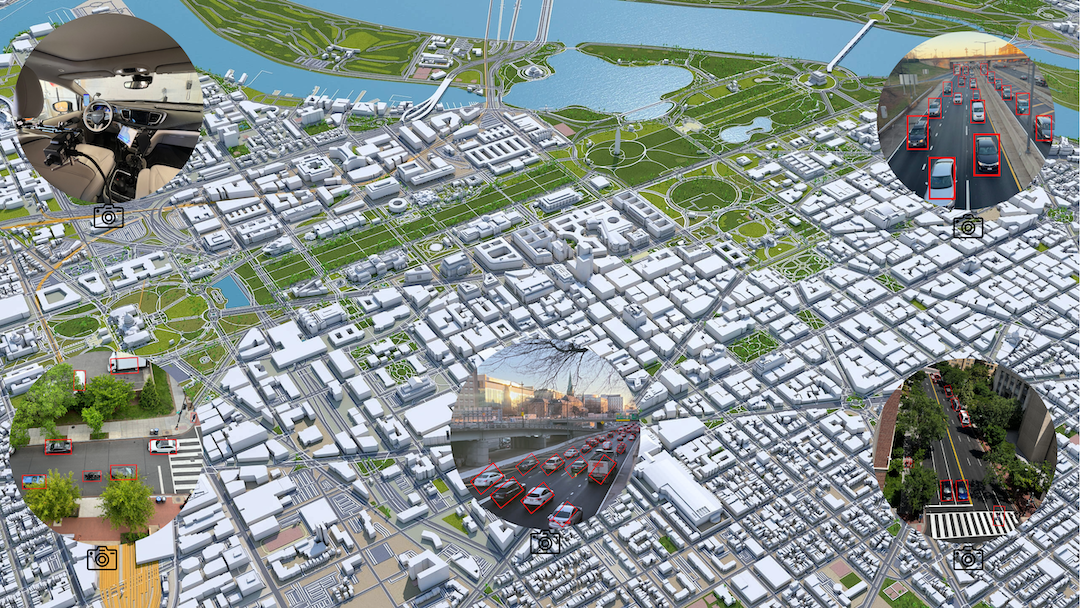
Two Early-Career Faculty Leading Change in Environmental Health
Professors Yun Shen and Xitong Liu are at the forefront of the CEE Department’s charge to safeguard ecosystems and public health, advancing innovative prevention strategies for water and airborne pathogens and sustainable resource extraction methods. For their significant contributions to the field, they were named to the American Academy of Environmental Engineers and Scientists’ (AAEES) 40 Under 40 Recognition Program in 2025.
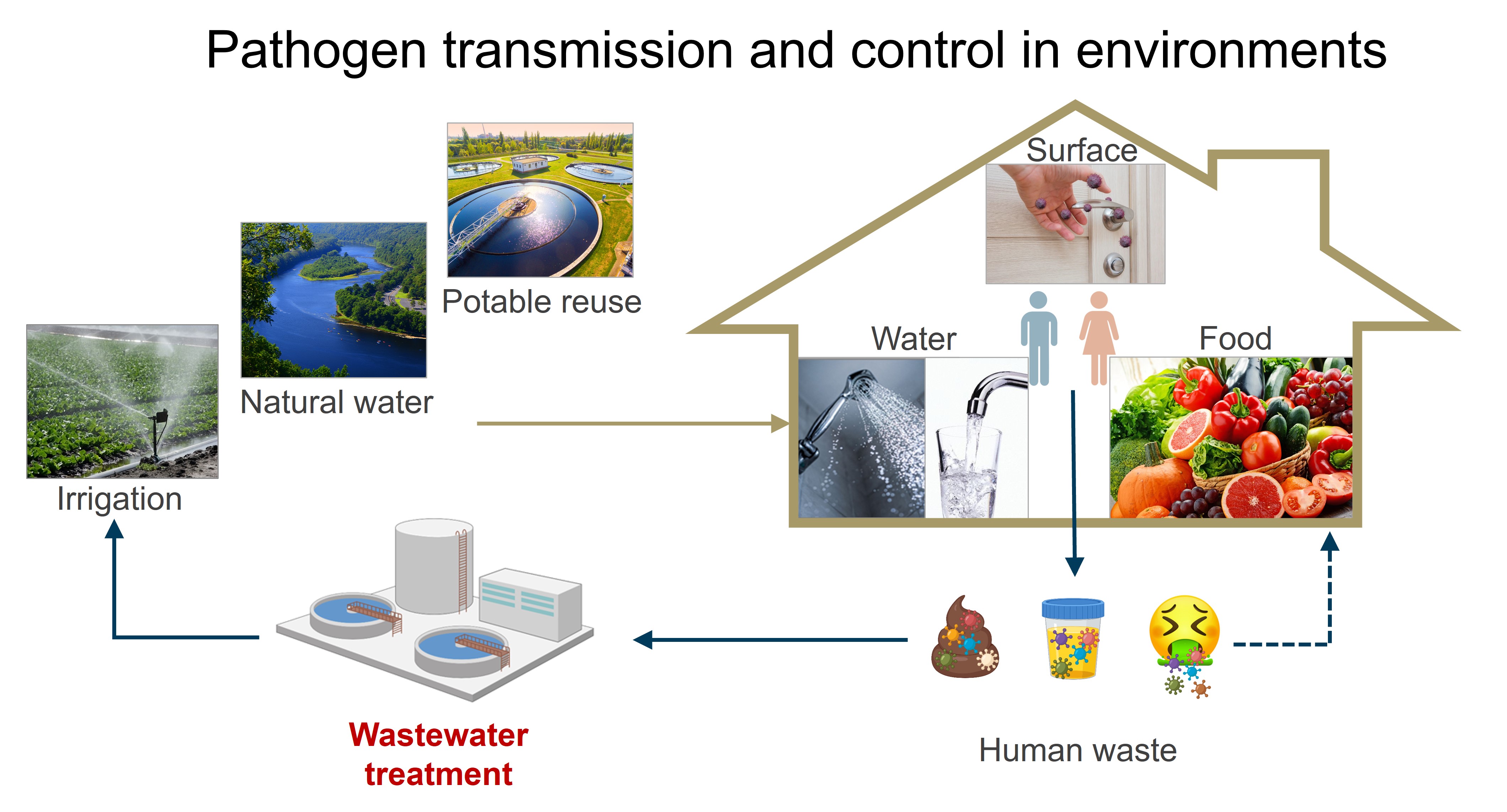
Shen’s federally funded research investigates the transmission and control of environmental pathogens in water. In drinking water, she studies bacterial pathogens and their response to environmental stressors; in wastewater, she examines the infectivity and persistence of enteric virus clusters and the detection of novel antibiotic-resistant genes in treatment processes. By integrating interdisciplinary approaches, her work advances understanding of pathogen health risks and informs public health strategies.
Liu’s group, published in leading journals like Environmental Science & Technology, develops durable, selective, and cost-effective separation technologies for water purification and resource recovery. They address critical issues in water purification, such as inefficiencies in desalination with anti-fouling membranes and the remediation of harmful “forever chemicals” in groundwater using colloidal activated carbon. Additionally, they designed a groundbreaking electrochemical technology for the selective extraction of lithium from geothermal brines and wastewater.

Beyond the lab, Shen and Liu share their expertise with the academic community and mentor the next generation of environmental engineers. Notably, Shen transformed GW’s Science & Engineering Hall into a collaborative hub during the 2025 AAEES annual meeting, where she and Liu received their awards and many GW students presented. Similarly, Liu’s students have pitched their innovations at university-level competitions and national stages like the Department of Energy’s Geothermal Lithium Extraction Prize.
Situated in the heart of the nation’s capital, the department provides a unique platform for researchers to connect science and policy, foster public-private community partnerships, and influence the future of environmental health and infrastructure. Liu and Shen’s work reflects this momentum, combining cutting-edge science with community relevance and public service. The AAEES 40 Under 40 honor affirms that the department’s young faculty are not only rising stars but also transformative leaders shaping the future of environmental sustainability.
NSF CAREER Awardees Advancing Transportation and Environmental Engineering Research with Impact
Professors Zhengtian Xu and Yun Shen have both been awarded National Science Foundation (NSF) CAREER Awards to support their civil and environmental engineering research. Xu and Shen focus on distinct parts of the field, but both are focused on driving research with real-world impact.
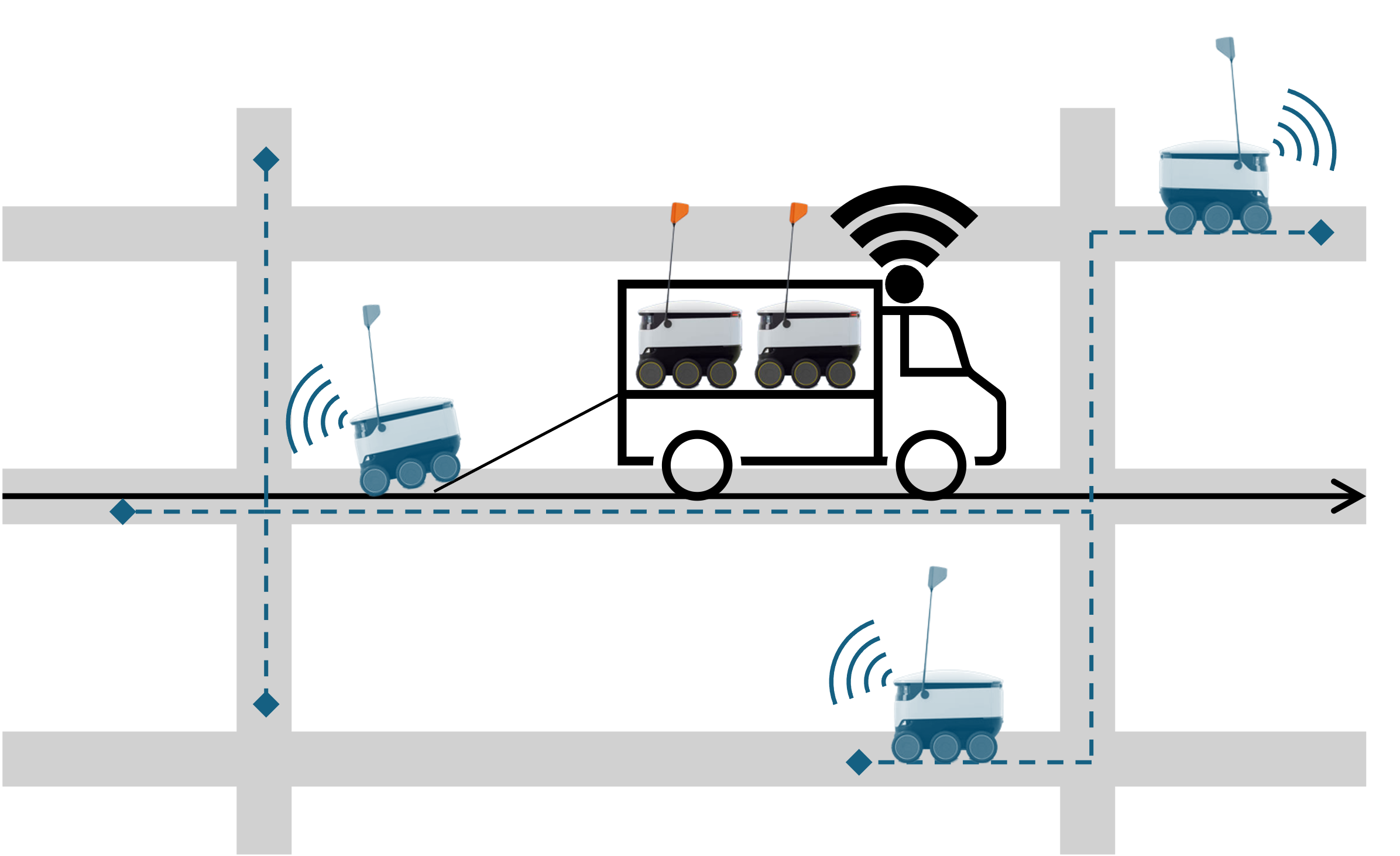
Xu, the Director of the Sustainable Urban Mobility Lab, is leading a project focused on the “final 50 feet” of urban delivery—the critical phase when drivers search for parking, navigate sidewalks, and complete package drop-offs. In dense cities like Washington, D.C., and New York, which receive millions of packages daily, this last leg of delivery increasingly contributes to traffic congestion, emissions, and curbside disruption.
In collaboration with the District Department of Transportation, Xu’s research explores how drivers respond to parking scarcity, how micromobility and autonomous technologies can support the “final 50 feet” logistics, and how curb regulations and management strategies impact system performance and user experience.
Shen’s project, “Exploring Hidden Allies of Enteric Viruses and Bacteria in Water: Impacts on Viral Transmission and Human Health,” investigates a largely unrecognized threat to public health: bacteria- associated enteric viruses.
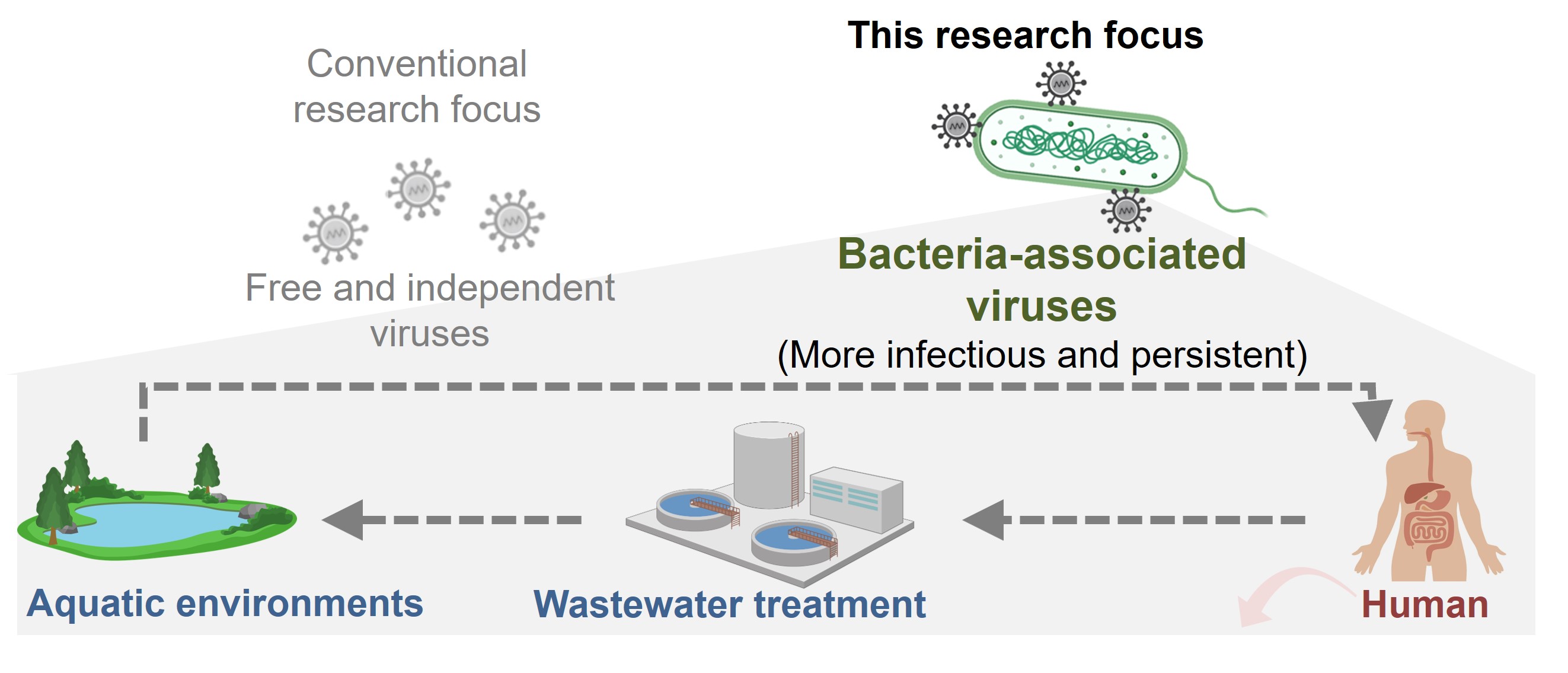
Enteric viruses frequently threaten human health. Traditionally, viruses in water have been studied as individual and free particles. However, viruses are never alone in environments. Shen’s work uncovers how viruses may transmit in clusters, by associating with bacteria that are so prevalent in aquatic environments. With critical contributions from her PhD student, Xiaonan Tang, the team’s preliminary findings reveal that these virus–bacteria interactions can significantly enhance viral infectivity, environmental persistence, and resistance to disinfection. This research fills a critical knowledge gap in environmental pathogen control and has direct implications for improving water treatment, wastewater reuse, and protecting vulnerable communities from waterborne disease outbreaks.
Xu and Shen are focused on taking their research from the lab to the community. Both Xu and Shen engage K-12 and undergraduate students in hands-on research and foster dialogue around their respective research areas to inform researchers, policymakers, and the public, with the shared goal of improving our communities and environment.
Breakthrough Semiconductor Study in Science
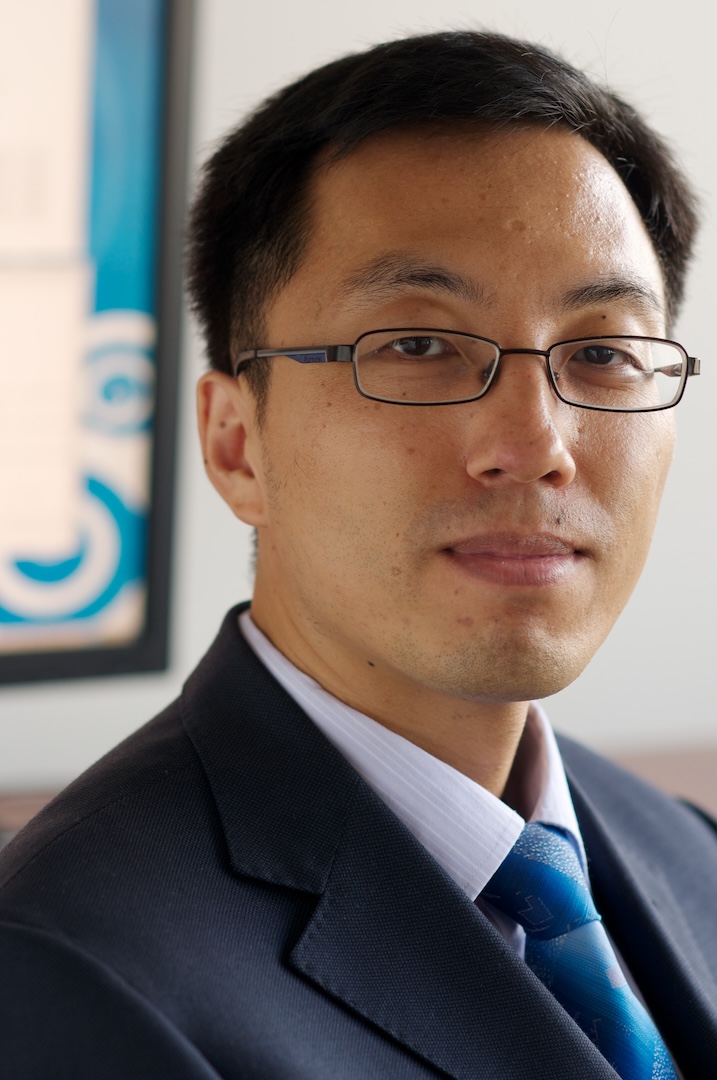
A groundbreaking study co-led by Professor Tianshu Li was recently accepted in Science, one of the world’s foremost academic journals. The work, done in collaboration with researchers from the University of California, Berkeley, marks a significant advancement in semiconductor research and highlights GW’s leadership in cutting-edge materials science.
The research confirms for the first time that atoms in semiconductor alloys arrange themselves in distinctive local patterns, known as short- range order (SRO), which dramatically influence electronic behavior. This discovery opens an entirely new way of designing semiconductors—treating SRO as a novel degree of freedom that can be harnessed to engineer materials for next-generation technologies, including quantum computing and neuromorphic computing.
The breakthrough builds on a 2022 prediction from Li’s group that SRO exists in group IV semiconductor alloys and profoundly impacts their electronic properties. That pioneering insight helped inspire the establishment of the Center for Manipulation of Atomic Ordering for Manufacturing Semiconductors (μ-ATOMS), a Department of Energy Energy Frontier Research Center awarded more than $10 million. The center, led in part by Li, brings together a multidisciplinary team of experimentalists and theorists to demonstrate that SRO exists, matters, and can be controlled for technological applications.
Proving SRO experimentally, however, is no simple task. Defects or thermal vibrations can easily mask signals from SRO, and until now, no clear method existed to isolate them. To solve this challenge, Li’s team developed an advanced machine-learning model capable of simulating millions of atoms—the same scale probed by Berkeley collaborator Professor Andrew Minor’s cutting-edge electron microscopy. This powerful modeling-experiment synergy provided the clarity necessary to pinpoint SRO structural motifs hidden inside semiconductor crystals.
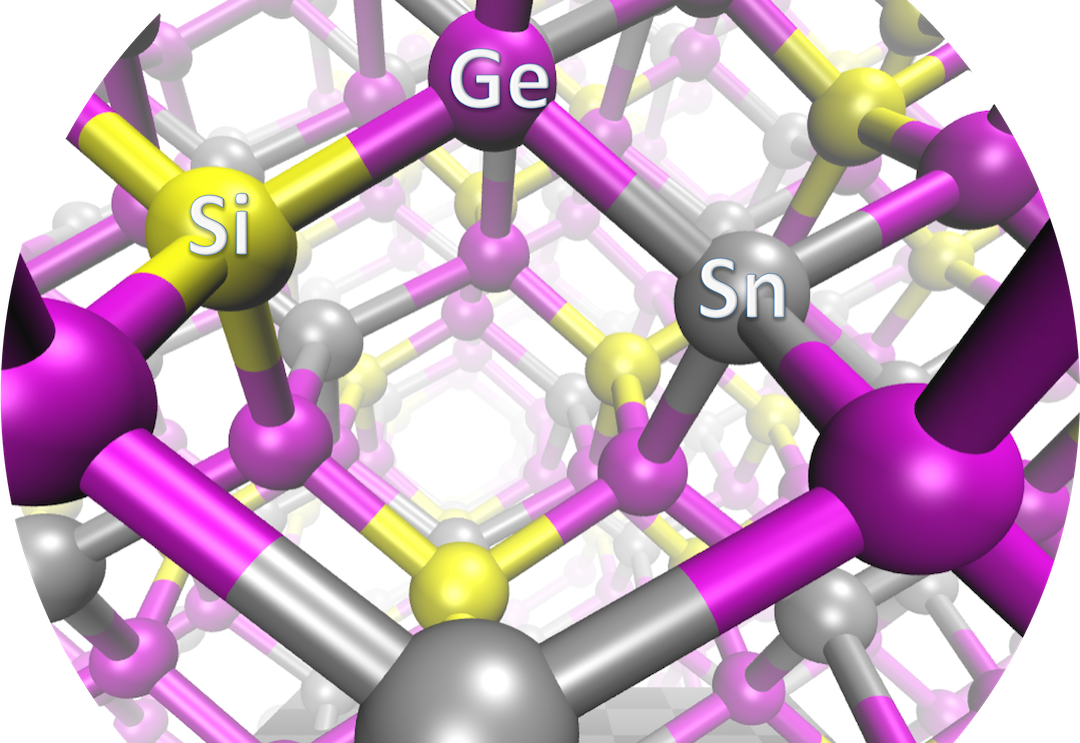
This milestone shows how bold, predictive modeling can open new research directions, and how pairing those predictions with strong experimental synergy can transform them into scientific reality. Li’s groundbreaking work exemplifies the power of combining vision with collaboration to drive innovation at the atomic scale.
Engineering Data-Driven Solutions for Clean Water

An outstanding alumnus of the CEE Department, Dr. Tao Ye, Ph.D. ‘18, is making his mark in the field of water quality research. This year marks a pivotal moment in his academic career as he transitions from the South Dakota School of Mines & Technology to a tenure-track assistant professorship at Stevens Institute of Technology. Alongside this appointment, Ye has been honored with a prestigious NSF CAREER Award for his project, “Data-Driven Prioritization and Control of Disinfection Byproducts in Drinking Water.”
Disinfection byproducts (DBPs)—formed when disinfectants like chlorine react with natural organic matter in water—are toxic, carcinogenic, and harmful even at trace concentrations. Ye’s NSF-funded work pioneers an integrated framework combining laboratory experiments with machine learning to identify and mitigate high-risk DBPs, aiming to make drinking water safer for communities nationwide.
Ye’s leadership in the field was shaped at GW’s Environmental Engineering Program, where he conducted innovative research on surface-active nanomaterials for water purification. Located in the heart of Washington, D.C., GW provides a unique environment where engineering innovation intersects with public policy and societal impact. Ye’s continued success illustrates GW’s excellence as a top-tier, internationally renowned academic institution, while his recognition as an emerging leader reflects the strength of GW Engineering’s interdisciplinary education and mentorship model.
Mentored by Professor Danmeng Shuai, Ye credits Shuai’s guidance with helping him build the strong technical foundation and collaborative approach that underpin his research on data-driven solutions to pressing environmental challenges. His work strives to improve clean water, reduce energy consumption, and protect public health.
Alumni like Ye exemplify our commitment to cultivating leaders through rigorous research, mentorship, education, and hands-on training. Ye embodies the transformative impact of the department’s programs, translating research into real-world solutions for a sustainable future.
“For current GW CEE students considering academia, I encourage them to actively seek research opportunities, cultivate resilience in the face of setbacks, and take ownership of their professional development. The ability to ask the right questions—and the curiosity to pursue answers—will serve them well, regardless of their path,” said Ye.




